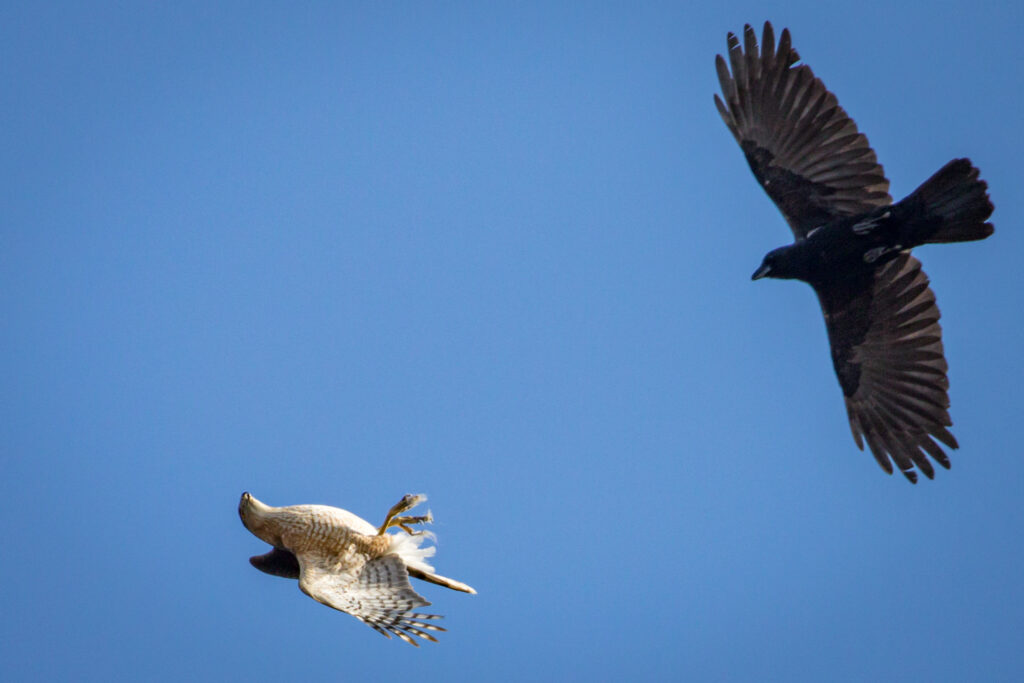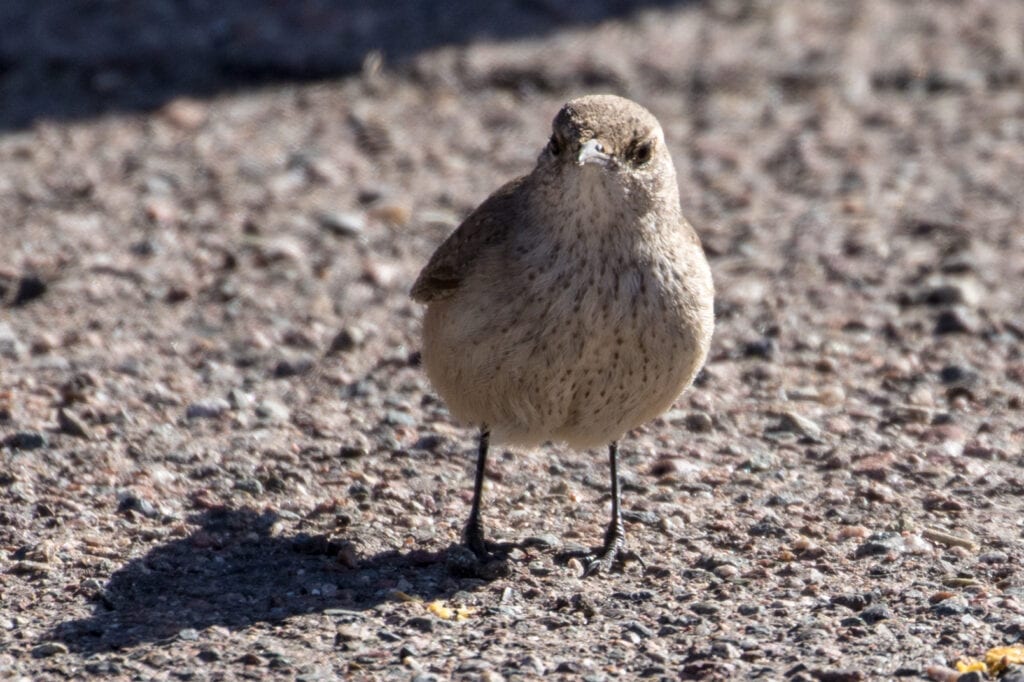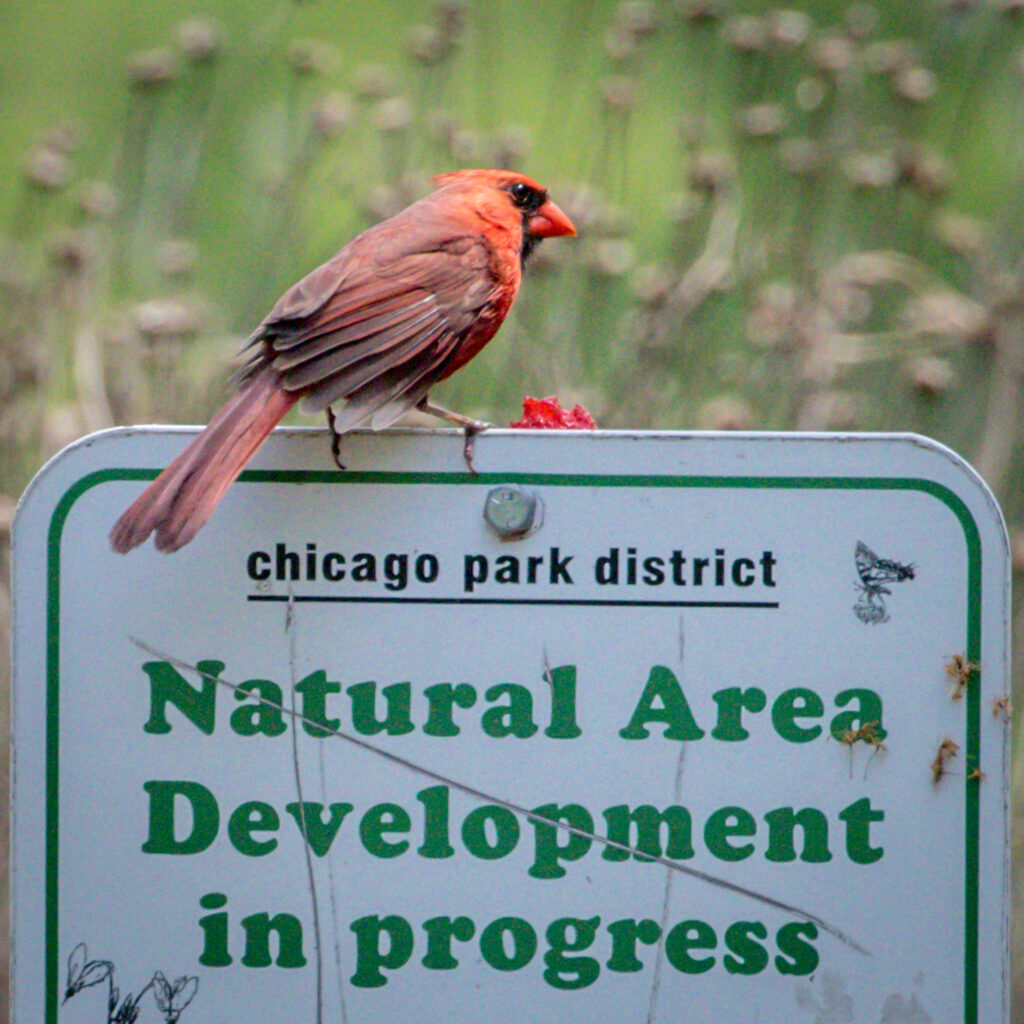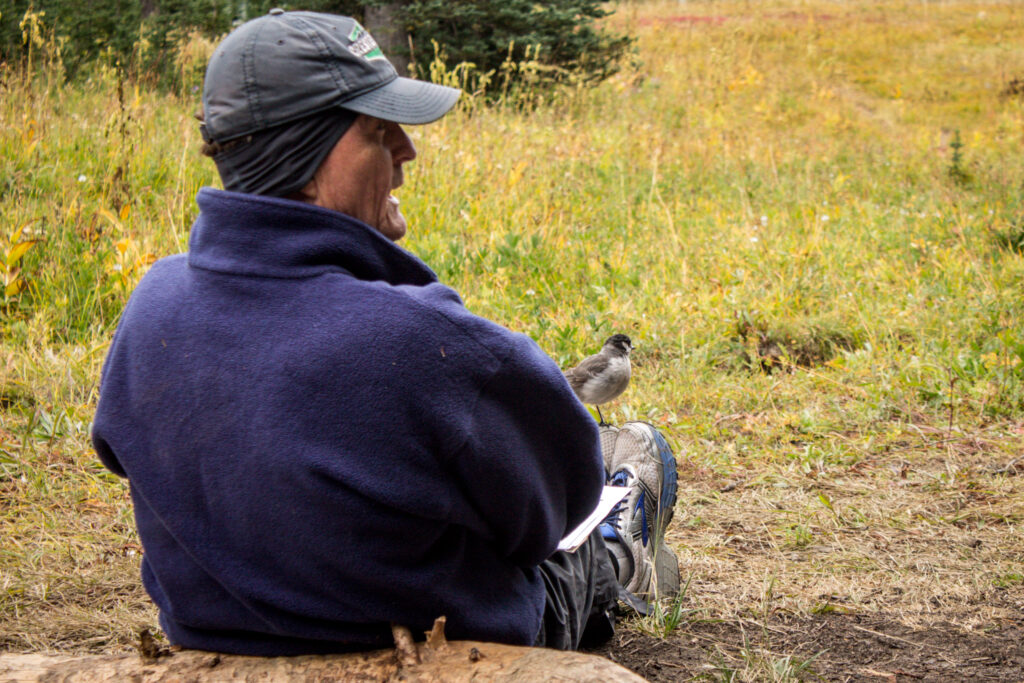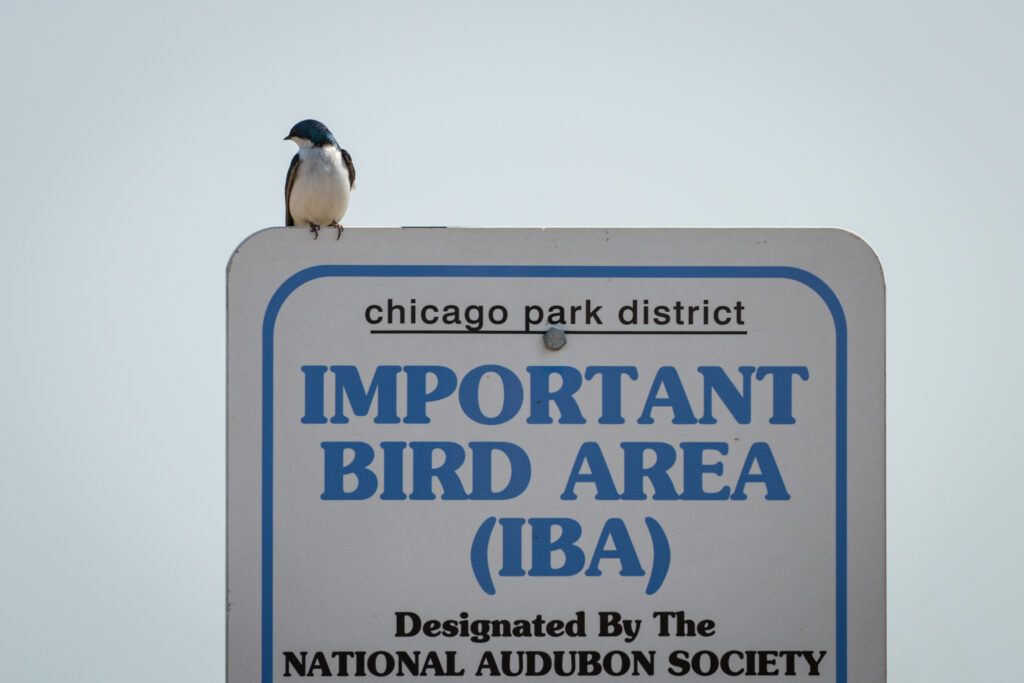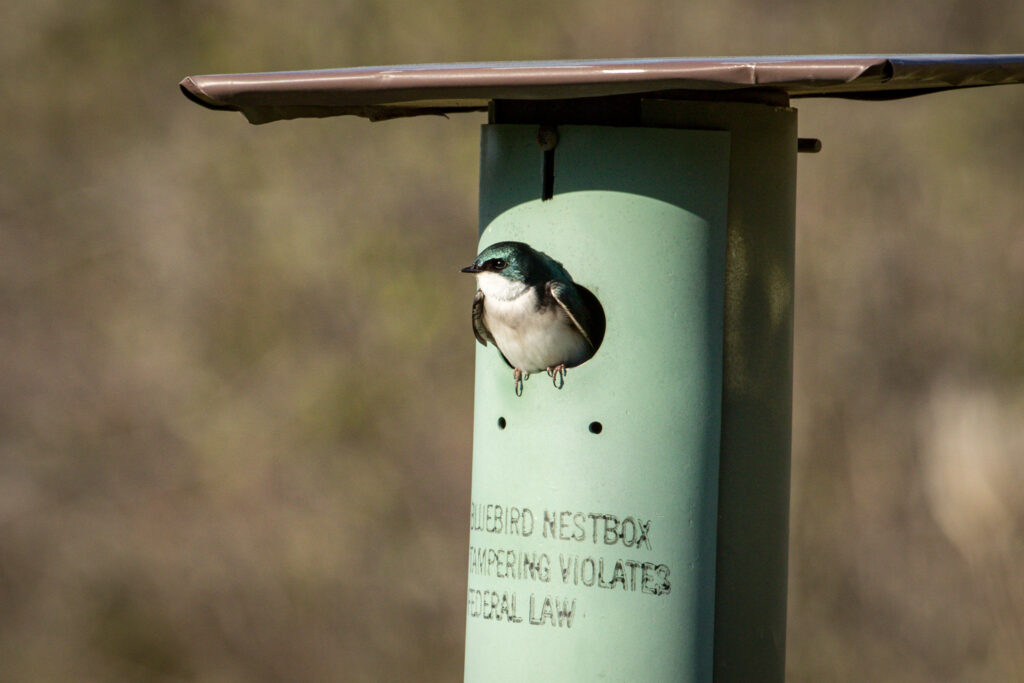The First Two of Four Types of Bird Photograph, As Defined by Quality
The Bird Picture Quality Self-Assessment Rubric (QSAR) was designed to help GreatBirdPics.com’s members improve the quality of their bird photographs. It is also designed to help them select which of their pictures are suitable for the website; not every picture with a bird in it is acceptable on GreatBirdPics.com. Even though the Four Types of Bird Photograph defined below are specific to GreatBirdPics.com they can be applied anywhere – from eBird (which uses a star rating system) to a photography contest which rewards the very highest quality bird pictures. Even a “Like” on Facebook is a judgement of quality. We begin with the lowest quality bird photograph and progress up to the highest quality.
Bird Photograph Type 1: Documenting Shot
The lowest quality bird picture allowed on GreatBirdPics.com is the Documenting Shot but it is only acceptable in very limited situations (see below). Even though it is generally unacceptable on GreatBirdPics.com the Documenting Shot type is included on the QSAR to show a continuity of photographic quality.
The Documenting Shot is usually taken to create a record of a sighting. I take Documenting Shots when I only get a quick glimpse, of birds that I can’t readily identify, of unusual actions by the bird I want to record, and of a rare birds and Lifers I want for my files. Each type of Documenting Shot is defined below.
Types of Documenting Shot
Quick Glimpse – When I am out in the field and I see a bird zipping by overhead I’ll take a couple of pictures to document the bird. Sometimes a bird is far down the path with someone walking toward it and I’ll take some pics before it flies off. Similarly, when a bird is flitting in and out of the foliage I’ll take a few pictures just trying to capture it before the bird disappears. Hopefully I can identify the birds in the pictures (after which I usually delete the image). Typically pictures like these are not appropriate on GreatBirdPics.com. Below is a Quick Glimpse of a White-crowned Sparrow on the trail ahead of us – not good enough for the website but good enough for identification purposes in case it flew off before we got closer: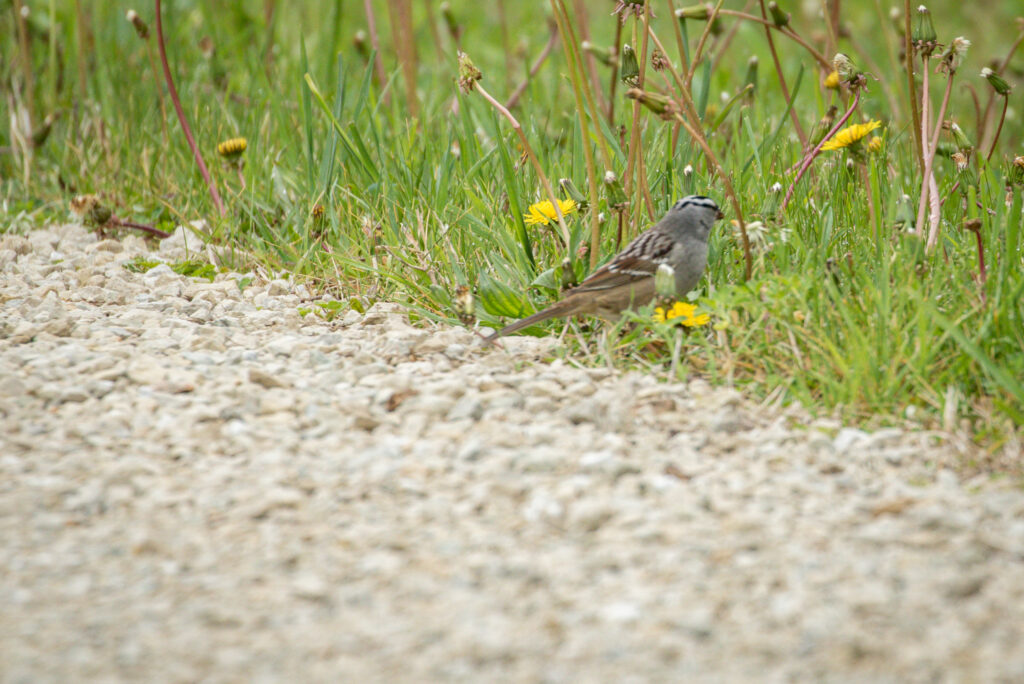
Birds That Are Hard To Identify – Let’s face it, a lot of birds look alike – shorebirds and sparrows come to mind. Sometimes I take a Documenting Shot and review it later (either on the camera or back home) to determine the species of the bird. Other times I spot a bird that is so far away I can’t identify it using my binoculars so I take a picture and expand the image. Many times these photos are low quality and are not appropriate on GreatBirdPics.com. Below is a picture taken at extreme distance and then cropped to expand the image so I could determine they were Ring-necked Ducks; not good for the website but good enough to identify: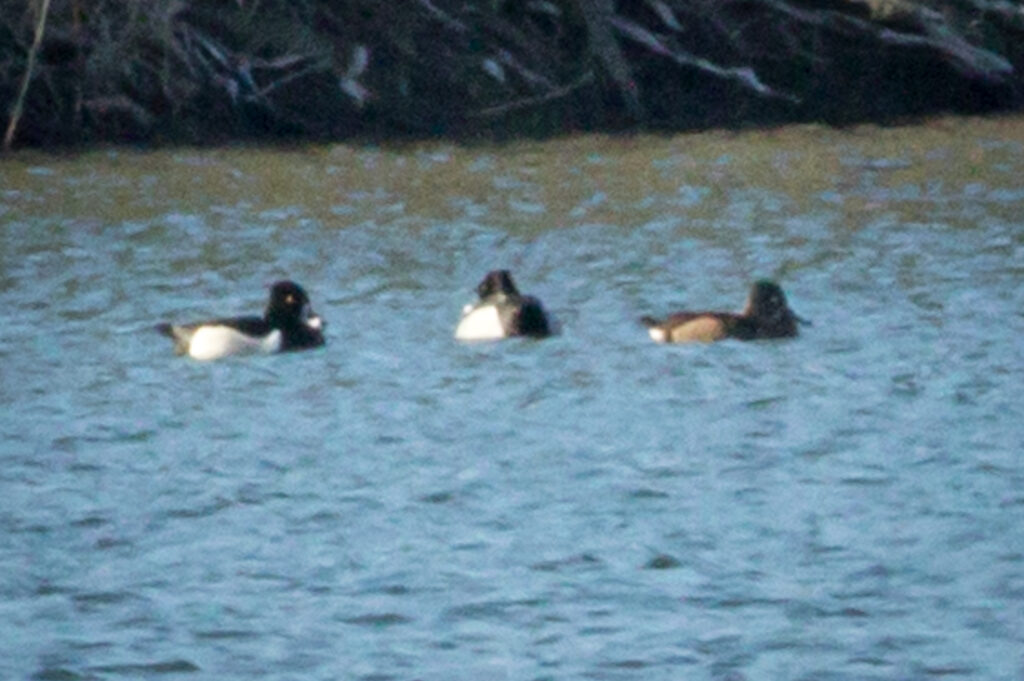
Unusual Activity – Not long ago I was taking a Documenting Shot of a Red-winged Blackbird harassing a Cooper’s Hawk. When I got home I found that I had captured the Cooper’s Hawk “Whiffling” or flying upside down. The image quality is poor but the activity was so unique I had to share it on the website. I included a full description of the activity on the Individual Page for the image (the image below is clickable).
Rare Birds and Lifers – By far, I use Documenting Shot the most when recording rare birds and Lifers for my private collection. By definition I wouldn’t have any pictures of a Lifer so any time we see one I take a lot of pictures, no matter how bad the images are going to turn out. This occurred just the other day when our target bird was a Ruff, which is quite rare for Illinois. We found it, but looking into the sun; yet I took 115 pictures in an attempt to get a few for my files and to post on eBird (I did not post them on the GreatBirdPics.com). If you have a poor quality Rare Bird or Lifer pic that you just have to share with us please include a detailed description about the sighting so we can read why it was so important to you. Here’s a very rare Broadbill Hummingbird in Chicago – not a great pic but so rare I had to share it. Click on the pic and read the description I added: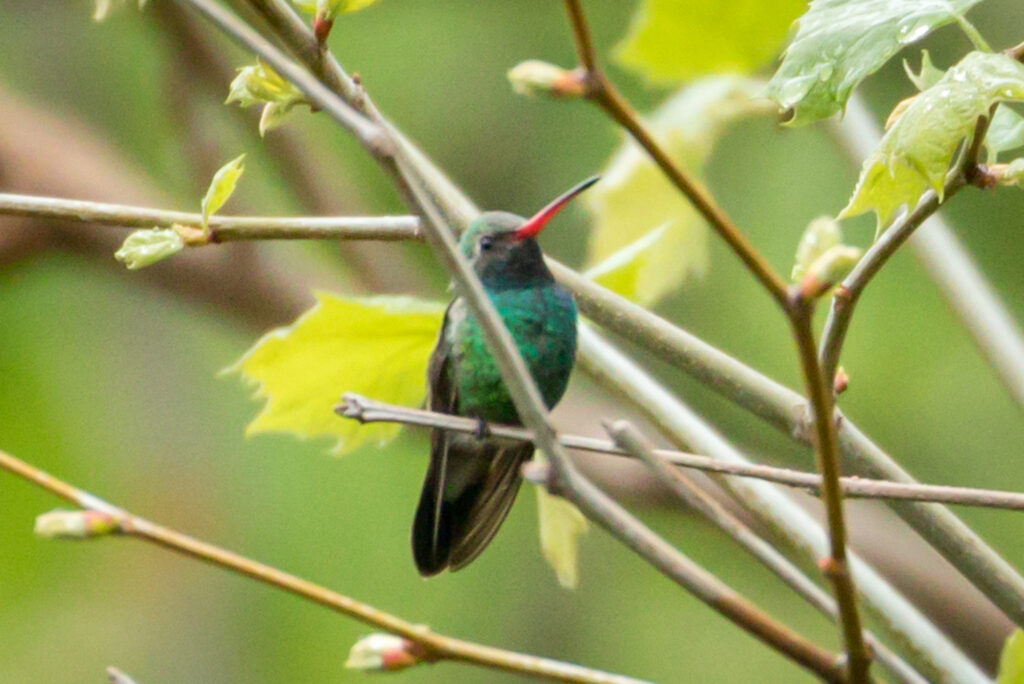
In conclusion, bird photographers take Documenting Shots so they can either study the images for identification purposes or to have a record of the observation. In either case the photographer is more concerned about documenting the sighting than the quality of the picture. As you can see in the examples above, Documenting Shots are lower quality pictures – out of focus, poorly lit, obscured by leaves. In general they should not be posted on GreatBirdPics.com – but I wanted to give our members a little “wiggle room” to include these types of pictures. Like when the activity recorded is rare (like Whiffling) or if you just have to share a Rarity or Lifer with us. If you post a Documenting Shot be sure to write a detailed description of what is going on in the picture and why it was important for you to post it. A Documenting Shot without context is not acceptable on GreatBirdPics.com.
Bird Photograph Type 2: Good Bird Photo
Many of the pictures I take are of Good Bird Photo quality. These pictures capture enough of the bird’s field marks so that another birder could look at it and identify the species. These pictures might be a little out of focus, or parts of the head or body may be obscured by leaves and branches. Parts of the body may be cut off at the edges of the photograph. The bird’s head may be turned away from the camera or in the shade. It’s a pretty good picture and photographs of this nature are acceptable on GreatBirdPics.com, particularly if it is a new species to the site or if there is an interesting tale to be told about it (in the Description section). The bottom line is an experienced birder should be able to look at a Good Bird Photo and identify the species, but the overall image itself has some flaws or may not be particularly interesting. Here are some typical Good Bird Photos and why they aren’t rated higher (you can click on each one and read the description of the shot):
The Carolina Wren on the left is almost in focus but the one on the right is not. Leaves obscure both birds. The action is interesting but poorly defined. Good not Great.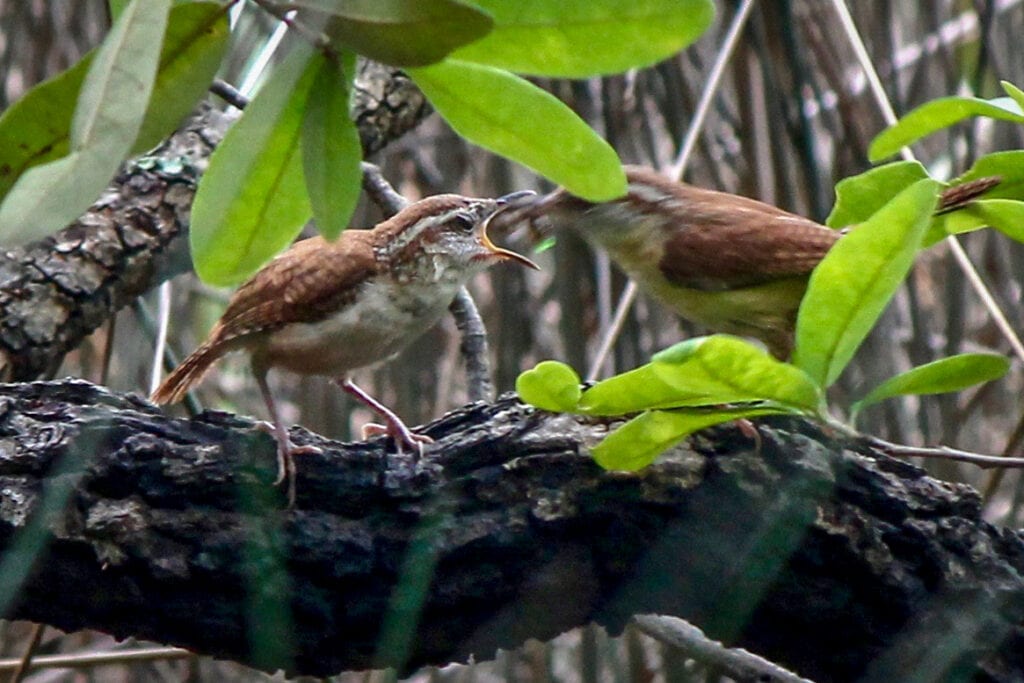
Although there appears to be a lot going on in the picture below it’s hard to make out much detail. Some of the birds are blurred by their movements. There is a lot to look at in the shot. The image was cropped so much the quality of the entire image is degraded. Good not Great.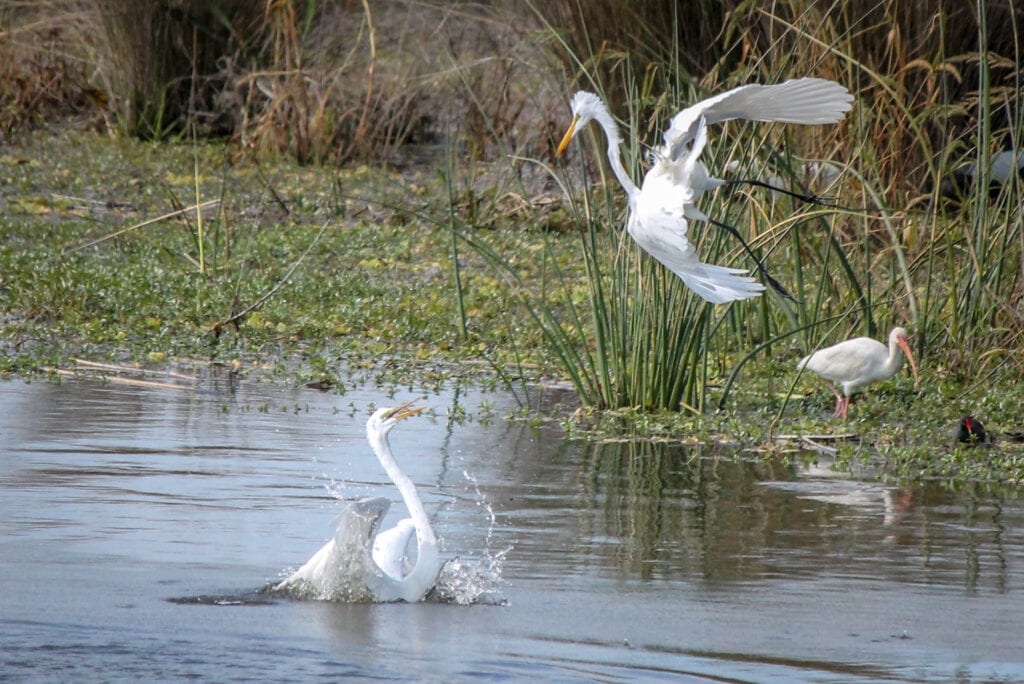
It’s always nice to catch a bird in flight like this Northern Harrier. Unfortunately it was on a cloudy day so the sky appears white in the photo. Good not Great.
This Canyon Towhee is practically all in shadows. Although the focus is good with some sharpness, the lack of light on most of the the bird makes this image Good not Great.
Fun Pic – A Good Bird Photo subcategory is the Fun Pic. As you are out and about birding you see birds doing all kinds of things. They land on a sign, or on someone’s head. They nest in odd places or walk across busy roads without a care in the world. A Fun Pic may not be a great shot of the bird but when you look at it you smile. Or there is something ironic about it. Just remember what Dr. Seuss said when posting these, “It’s fun to have fun but you have to know how!” Here are the kind of Fun Pics that are welcome on the website (you can click on each one and read the description of the shot):
In conclusion a Good Bird Photo is clear enough for a birder to tell what species it is but has one or more technical flaws that reduce its overall quality. Pictures that don’t have technical flaws are either GreatBirdPics or Award Worthy.
